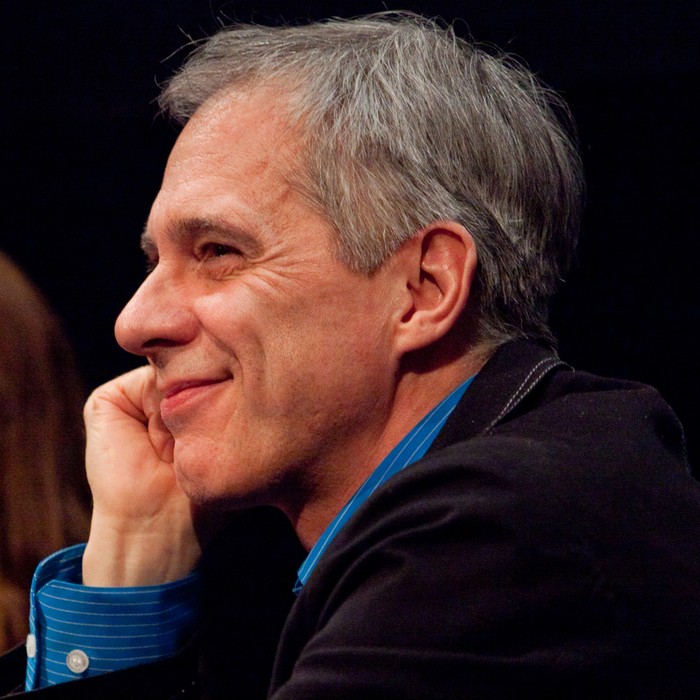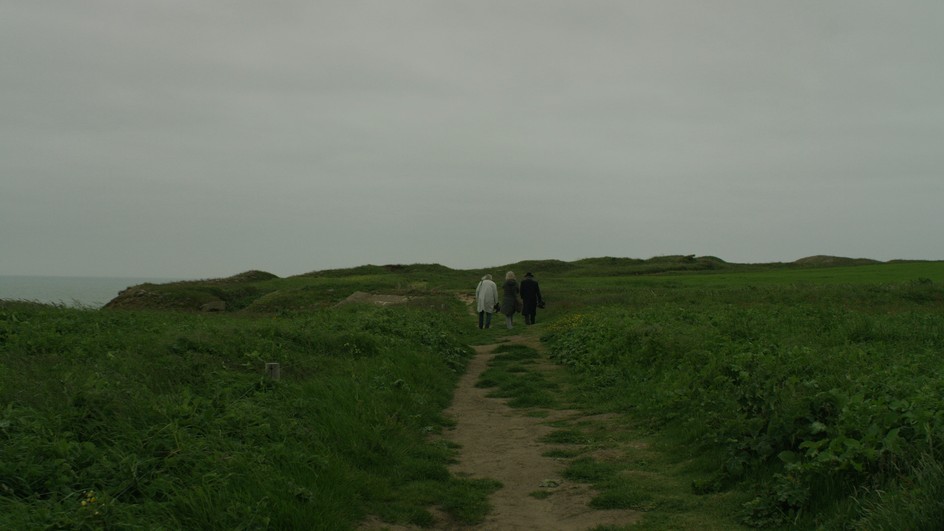
Artiste-professeur invité
2015 - 2016
Mario Côté
Born in 1954 in (Canada)
A painter and video maker, Mario Côté lives and works in Montreal. Since 1994 he has taught at the School of Visual and Media Arts at the University of Quebec (UQAM). He is an active member of the Hexagram Centre for Research in Media Arts/UQAM. The initiator of several collaborations in the field of experimental video, he explores the notion of the "dancer body" in the field of experimental video with the multidisciplinary artist Françoise Sullivan and choreographer Jeanne Renaud, that of the "reader body" with several writers, actors, composers and filmmakers. He has directed the ARC_PHONO (2005-2012) and ARC_DANSE (2009-2015) research groups and has explored the notion of interdisciplinary translation in painting by transposing several pieces by the American composer Morton Feldman. A retrospective of his paintings and photographs, «Tableau», was presented at the Musée d'Art de Joliette by the independent curator Nicole Gingras in 2002. Curated by Patrice Loubier, a major show of his work, «Table d'écoute», will be held at the Musée Régional de Rimouski this year.
"For me, being an artist in residence at Le Fresnoy - Studio national des arts contemporains is the fruit of more than twenty years of intellectual exchange, of creative empathy and teaching experience. For, believe it or not, my frequentation of Le Fresnoy began well before the buildings of Le Fresnoy existed. Twenty-three years ago I had barely finished my MFA when I was taken on as a teaching assistant in an adventure that had a deep impact on everyone who experienced it. Alain Fleischer had come to hold two interdisciplinary workshops at the University of Quebec in Montreal, one in summer 1992 and one in 1993, at the invitation of the dean of the Arts Faculty at the time, Rose-Marie Arbour. These first workshops in Montreal prefigured the teaching at Le Fresnoy where an artist, the same Alain Fleischer, was working on a creative project and, at the same time, supervising the creative work of the students enrolled in the workshops. And two years later, in 1995, I was in Tourcoing in the buildings which had yet to be reconfigured by Bernard Tschumi's impressive architecture. There was a strange atmosphere among the heavy red velvet hangings which completely reconfigured the empty spaces and, above all, became the site of a totally new kind of intellectual risk. Almost twenty years later, in 2013, a new interdisciplinary workshop was held in collaboration with Alain Fleischer at the Baie-Saint-Paul site in Quebec, where Pierre Perrault, a pioneer of direct cinema, created the famous Isle-aux-Coudres trilogy. Other creative projects took shape between Alain Fleischer and myself on the basis of these "objective mysteries" and necessities of life. By way of an example, in 2004, a first film coproduction, Sans terre ni mère, based on a dramatic idea by Jean Asselin and Les Mimes Omnibus of Montreal. Then came two documents, one bearing witness to Alain Fleischer's singular technique of oral writing, La chambre qui attend (2004), and the other, a complete reading of a text by the same author about photography and what is unrepresentable in the Shoah: À ciel ouvert (2011).
It is in this spirit of exchange between established artists and artists still undergoing training, between different generations and practices, that I want to approach this new pedagogic experience that I find intellectually stimulating in more ways than one. With the experience of an interdisciplinary practice, of North American teaching methods, which are every different from those of European art schools, I wish to share what I have known and to contrast it with other approaches.
As regards the projects I wish to carry out, I would like to revive the complex question of the "reader body" and the surprising fact that the action of reading is taken on by the whole body and institutes a particular configuration of corporeality. Moreover, the reading of a text institutes a specific temporality and determines a duration other than the ones imposed by televisual standards impose on many productions. The experimental production of my film documents is informed by these questions that I hope to develop over the coming year at Le Fresnoy."
Mario Côté.

